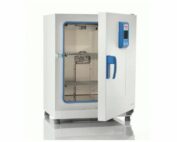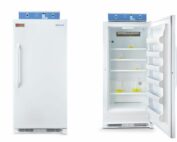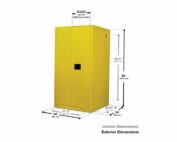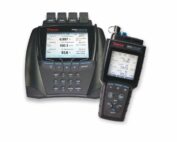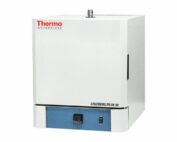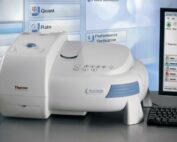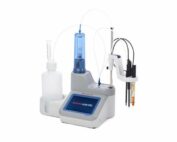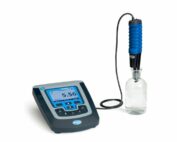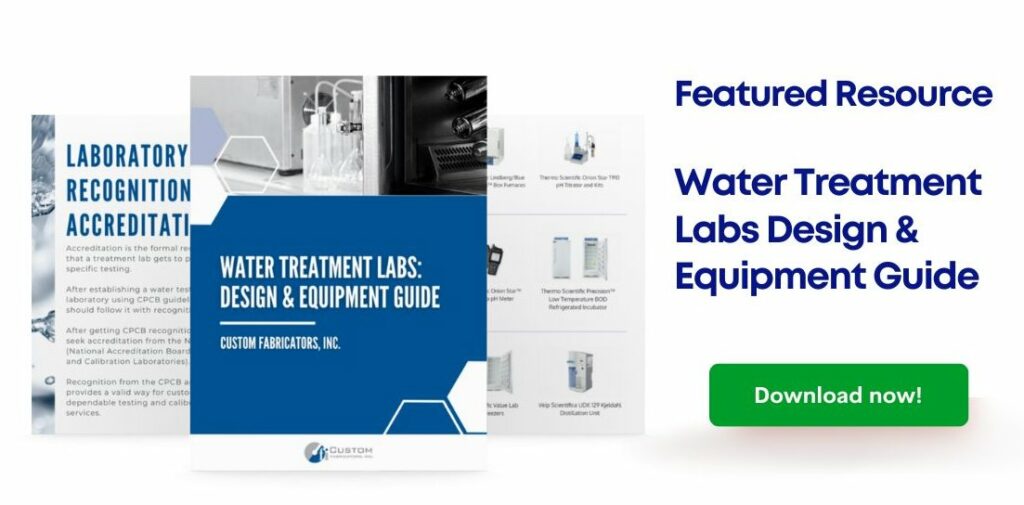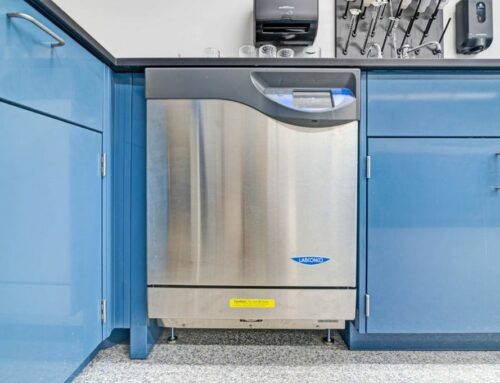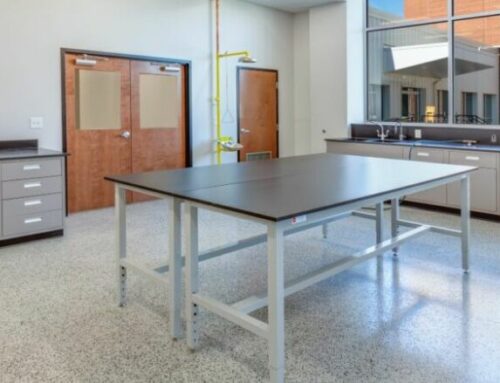Water Treatment Lab Equipment
Water treatment labs are a critical component of any pollution prevention program. The laboratory for water quality testing collects both technical and economic data. The conventional laboratory method of testing water quality is a lengthy procedure.
The facilities and skills of a laboratory must be such that it can generate valuable data. That data has to be of the appropriate specifications and accurate measurements of the elements present in a sample.
Starting a water treatment lab successfully requires the right tools to keep it running.
Water Treatment Lab Equipment
History of Water Treatment Labs
The environmental testing industry can be traced back to 1962. That was when the United States Public Health Service developed water quality standards, spurring water-quality research facilities.
These labs tested water samples for a range of simple criteria such as metals, coliform bacteria, and water hardness. The technique and equipment used for these analyses were relatively simple.
The water testing lab industry grew when the first two environmental laws came about:
- The Federal Water Pollution Control Act amendments of 1972 also known as the Clean Water Act, or CWA.
- The Safe Drinking Water Act of 1974, or SDWA
These two laws increased the quantity of water testing done. It also made the analytical techniques more complex. Of course, this necessitated the use of more sophisticated instruments.
In the late 1970s and early 1980s, the second wave of major environmental laws expanded the water treatment lab opportunity.
As a result, technical advances in instrumentation have become especially reliant on technology. More emphasis is now placed on the use of computers to improve productivity by automating lab procedures. It also better integrates the various laboratory instrument processes.
How to Start a Water Treatment Lab
To establish and recognize water testing laboratories in the United States, the Environment Protection Act of 1986 set rules for Environmental Laboratories’ Recognition.
The Act has a guideline for the processes and specifications for everything from setting up a lab to getting it accepted and accredited.
Requirements for Infrastructure
The laboratory design should provide adequate ventilation and lighting. Instruments and equipment are of course a must. It is also imperative to have a constant supply of water and power, enough space and furnishings, etc.
Listed below are some of the basic requirements necessary to start and realize any water treatment lab.
Laboratory Work Flow Design
Your laboratory workflow design should include the following:
- adequate spacing
- appropriate ventilation
- lighting
- storage areas
- fume hoods
- safety equipment such as showers and eye basins
- sinks
The laboratory design must provide adequate space for operating. Tasks include microbiological exams and physicochemical screening.
Furniture Specifically for Laboratory Work
The emphasis should be on providing a laboratory workplace environment that is also safe. The lab furniture used should be of non-corrosive material.
Laboratory Equipment and Instruments
The Laboratory must keep adequate scientific and analytical instruments on hand. You must keep an inventory list of instruments and equipment. That list should include the following data:
- The instrument name
- The model, serial number, and name of the manufacturer
- The date of delivery of the instrument to the lab
- The instrument conditions when received at the lab
- The date of the first usage of the instrument
- Where the instrument is stored in the lab
- Manufacturer copy
- Manufacturing schedule for preventive and control of the use of the instrument
- Date of calibration
- Date of next calibration
Keep all this information in a spreadsheet for easy accessibility when needed. All equipment has to be in perfect working order at all times.
Laboratory Maintenance for Water Quality Testing
Instruments should be serviced regularly. The lab should keep a logbook to document all maintenance problems and actions taken to correct the problem. You should document the maintenance for each instrument, either daily, monthly, or annually.
Glassware Used in Water Treatment Labs
Borosilicate glass is chemically stable and should use for analytical purposes.
Labs should use plastic bottles made of polypropylene or polyethylene to collect water samples. Amber or dark-colored bottles for storing photo-reactive solutions should also be available. Glassware washing machines can improve overall efficiency and eliminate time spent on non-essential tasks.
The Quality of Chemicals Used in Water Treatment labs
Analytical reagent grade (AR) or guaranteed reagent grade (GR) chemicals should be used.
Water Quality Treatment Lab Safety
Safety is a big concern in laboratories. Because of the nature of chemicals used, safety showers, washbasins, Eyewash, and firefighting equipment should be installed. Use this equipment as needed for your safety and protection.
We partner with Watersaver Faucet Co. for all your fixture and safety needs.
Water Quality Treatment Laboratory Recognition and Accreditation
Accreditation is the formal recognition that a treatment lab gets to perform specific testing.
After establishing a water testing laboratory by CPCB guidelines, you should follow it with recognition by CPCB.
After getting CPCB recognition, you can seek accreditation from the NABL (National Accreditation Board for Testing and Calibration Laboratories). NABL criteria is based on internationally agreed standards and guidelines.
Recognition from the CPCB and/or NABL provides a valid way for customers to find dependable testing and calibration services. That has various advantages in terms of reliability and customer satisfaction.
Water-Water Everywhere!
Water scarcity is one of the world’s most serious problems. Water treatment labs are critical players in pollution control programs.
These laboratories enable us to determine the quality of any water, whether drinking water or water from a polluted river. It enables us to understand the situation and thus provides a means of combating and reducing pollution. The results from water treatment labs also help protect us and our environment from pollution.
If you are considering opening or revamping your water treatment laboratory and need to equip it, contact us to help!


